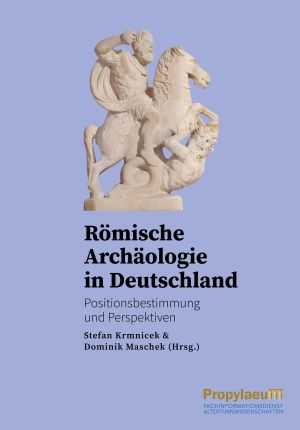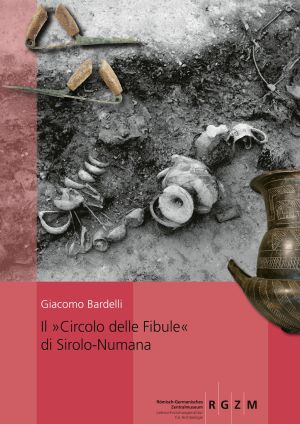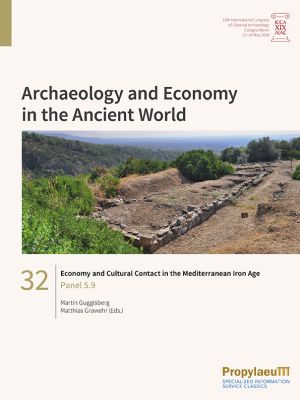Bardelli, Giacomo
I tripodi a verghette in Etruria e in Italia centrale: Origini, tipologia e caratteristiche
The Etruscans were excellent bronze craftsmen: this is proven both by numerous archaeological finds and ancient written sources. Especially between the 6th and 5th centuries BC, the Etruscan bronze workshops reached a very high level of craftsmanship and specialised in the production of household goods and banquet accessories, which were exported to all corners of the Mediterranean and north of the Alps.
Among the most valuable creations of the Etruscan bronze craftsmen were the staff trivets, a kind of stand assembled from several cast pieces and decorated with small figurative decorations. As one of the most important and significant elements of banquet accessories, they were often part of lavish funerary furnishings inside and outside Etruria, and because of their symbolic value they were even consecrated in sanctuaries. Their peculiarity emerges above all from the figural representations that adorned them and at the same time marked them as bearers of mythological stories.
A detailed study clarifies the typological connections of these Etruscan works of art with their models from the Near East and Greece by carefully examining all their technological and stylistic aspects. Thus, the significance of the staff triforms and their nature of prestigious objects for the Etruscan and non-Etruscan elites is fully revealed.
Il »Circolo delle Fibule« di Sirolo-Numana
Among the most important finds in the pre-Roman Marche, the »Circolo delle Fibule« of Sirolo-Numana (prov. Ancona) stands out for the huge number of fibulae found within its nine tombs – over 1,200 specimens of different types and materials. Discovered in 1970 and never before published, this key context of Picene archaeology is now the subject of a specific study that illustrates the variety of the grave assemblages and the complexity of the local funerary customs. An examination of the grave goods gives an insight into the processes of social structuring taking place in Numana between the end of the 7th century B.C. and the beginning of the 5th century B.C., between a strong conservatism and the first international contacts.
Economy and Cultural Contact in the Mediterranean Iron Age: Panel 5.9
The economy has always been a driving force for cultural contact. Analyzing the economic connections within the Ancient World can provide a promising basis for studying intercultural connections. The Iron Age is a period of increasing inter-connectivity between different 'cultures' in the Mediterranean and it offers the fascinating possibility of studying an emerging economic and cultural system. Where did the new routes pass through that the people moved and shifted commodities along? How did the emerging demand on foreign markets influence production patterns and social structure within the local communities? How did local customs react to foreign commodities and how did such imports shape local culture? This volume is a collection of papers that focus on the 8th–6th century BC. Long object biographies are meticulously reconstructed and analyzed through up-to-date methodology to provide answers on production modes, trade routes, and consumption. Debating resources, commodities, and the reception of foreign products, the volume offers new details and insights to further our understanding of the role played by the economy in cultural contacts.









